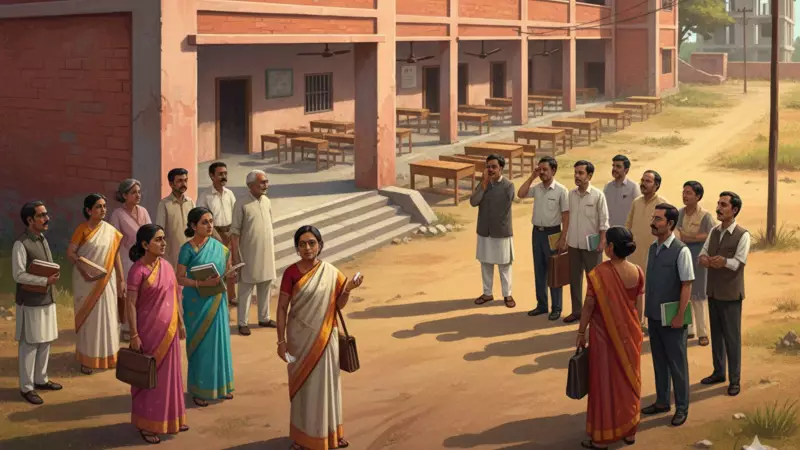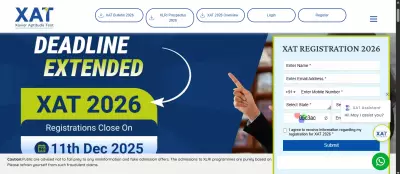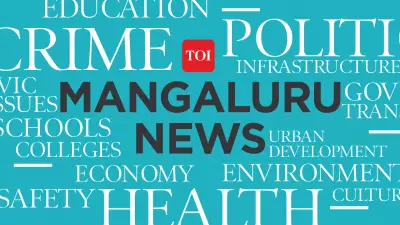
A recent government audit has uncovered a startling reality in India's education system that highlights significant inefficiency and resource mismanagement. The investigation revealed that approximately 8,000 schools across the country are operating without a single student enrolled, yet these institutions continue to employ more than 20,000 teachers who remain on government payroll.
The Scale of Educational Wastage
The comprehensive audit, conducted across various states, paints a concerning picture of resource allocation in the education sector. While thousands of schools stand completely empty, the government continues to spend crores of rupees on teacher salaries and infrastructure maintenance for these non-functional institutions.
Regional Disparities and Migration Patterns
Education experts point to several factors contributing to this alarming situation. Rural-to-urban migration has left many village schools deserted as families move to cities for better opportunities. Additionally, the growing preference for private schools over government institutions has further depleted enrollment in many areas.
The audit findings raise serious questions about:
- Resource optimization in the education budget
- Teacher deployment policies across states
- School consolidation needs in low-enrollment areas
- Monitoring mechanisms for educational institutions
Systemic Reforms Needed
This revelation comes at a time when India is pushing for educational reforms and improved learning outcomes. The presence of thousands of "ghost schools" with full teaching staff represents a massive drain on public funds that could otherwise be directed toward improving educational infrastructure in functioning schools.
The audit report suggests that state governments need to implement immediate measures to either revive these schools through community engagement or reallocate resources to areas with genuine educational needs. The situation calls for a complete overhaul of how educational resources are monitored and distributed across the country.





